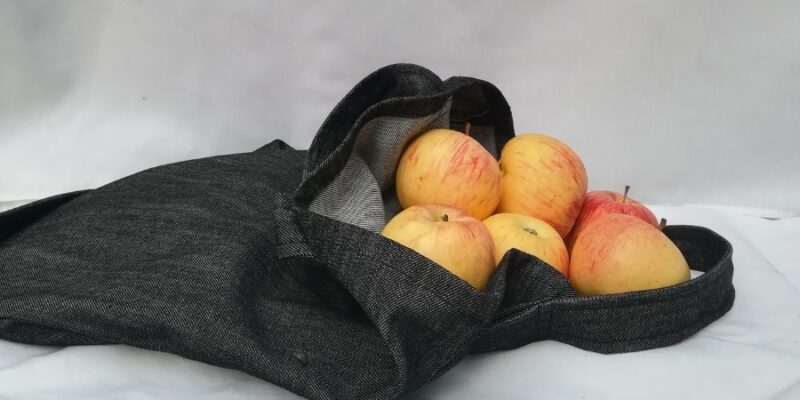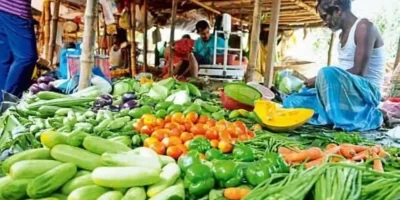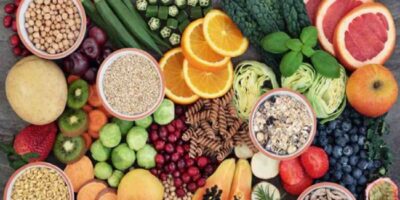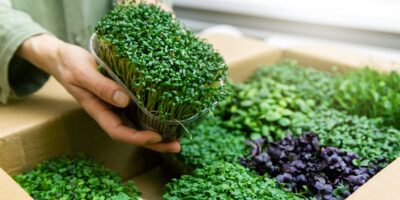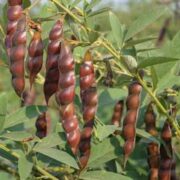Game-Changing Graphene Wrapper: In a ground-breaking development, a team of Indian scientists, led by Dr. P. S Vijayakumar from the Institute of Nano Science and Technology in Mohali, has unveiled a game-changing solution to combat fruit wastage and health concerns associated with conventional preservation methods.
Fruits, highly perishable by nature, have long been plagued by the challenge of rapid spoilage, resulting in a staggering 50% wastage of produce. Conventional preservation methods involve coating fruits with preservatives like laden resins, waxes, or edible polymers. However, this approach has raised chronic health worries due to preservative absorption by the fruit. Addressing this critical issue, the team embarked on a journey to develop an innovative and sustainable alternative.
Also Read: Bridging the Protein Gap: The Rise of Black Soldier Fly Farming for Eco-Friendly Meat Production

Carbon-Loaded Wrappers
A composite paper made from activated graphene oxide loaded with preservatives, poised to transform the fruit industry. Unlike current techniques, where preservatives are absorbed by the fruit, posing potential health risks, this cutting-edge wrapper releases preservatives only when needed. Notably, the wrapper is reusable, setting it apart from existing methods.
The process involved incubating a carbon matrix with the preservative, followed by thorough washing to eliminate excess preservative. The resultant carbon preservative composite was then cast into paper form. The high preservative loaded graphene oxide paper acts as a safeguard, preserving fruit quality without inundating it with toxic chemicals. Remarkably, the wrapper’s functionality is triggered by the fruit’s own natural processes. When a fruit over ripens or becomes susceptible to pathogens, increased acidity prompts the release of preservatives, safeguarding the fruit. In contrast, conventional methods lead to preservative loss along with the consumed fruit.
This breakthrough innovation not only promises extended shelf life for fruits but also ensures customer satisfaction by delivering healthier produce, evident through improved phenol content. The production process relies solely on carbon derived from biomass heating, aligning with eco-friendly practices and potentially contributing to biomass consumption and job creation.
Also Read: Spirulina Cultivation: Spirulina’s Journey from Pond to Profit

